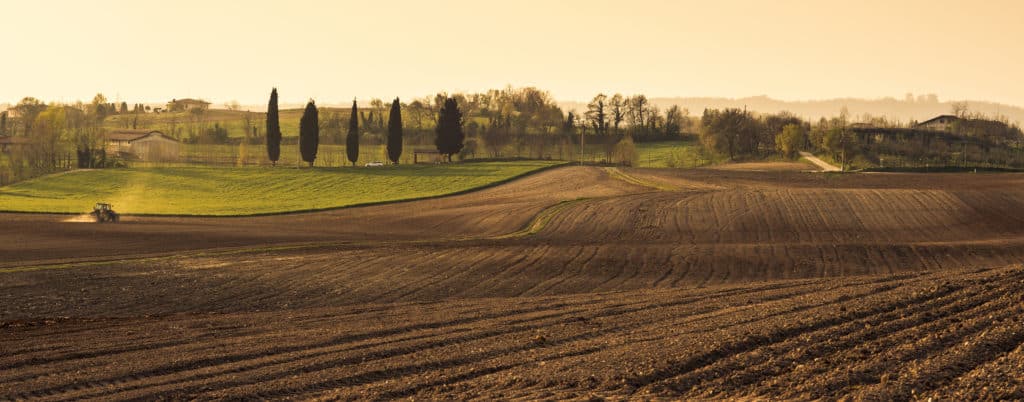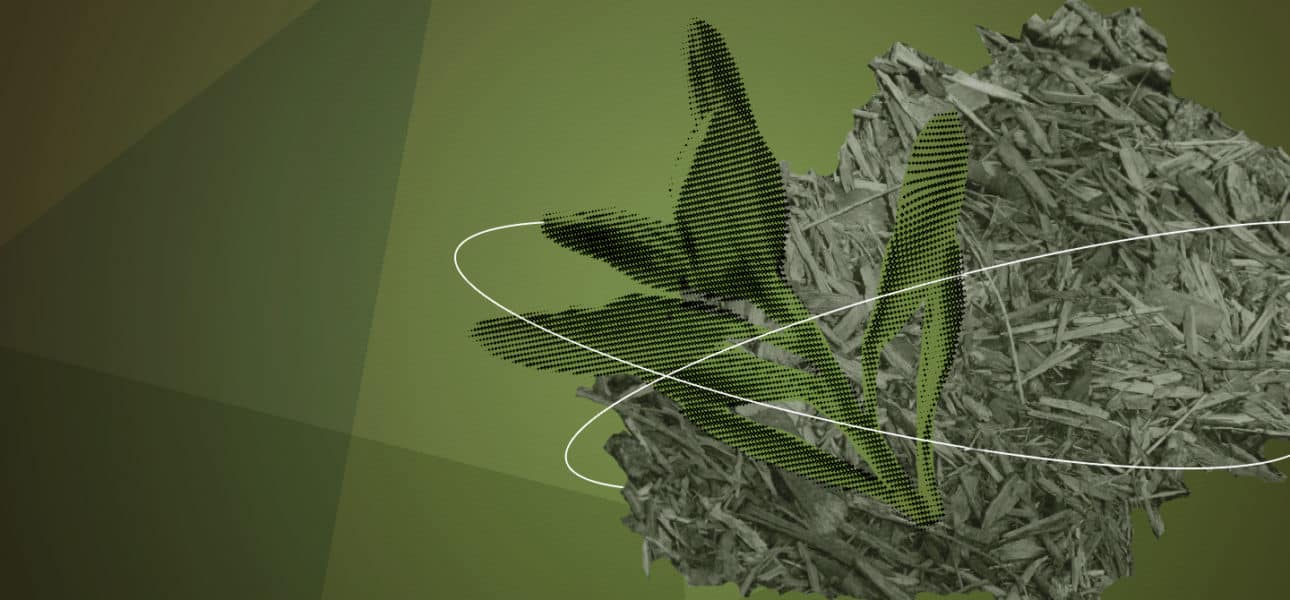By the end of 2022, the European Union wants to adopt a certification framework for “carbon farming”. This concept covers agricultural practices that manage carbon stocks and flows, and greenhouse gases (GHGs) on the scale of farms with the aim of mitigating climate change.
It is a subject has been on the table since COP21, when the international “4 by 1,000” initiative1 was launched. Its aim? To preserve soil carbon stores and increase them, as soon as possible, to contribute to food security, adaptation, and mitigation of climate change. Increasing soil carbon stocks reduces the amount of carbon in the form of CO2 in the atmosphere, a well-known greenhouse gas. Thanks to organic matter, soil is one of the main carbon reservoirs on the planet.
How can farmers contribute to soil carbon storage?
The amount of organic carbon in soil is the result of the balance between how much carbon is put into the soil and how much is taken out. Several agricultural practices result in a net increase in carbon entering soil whilst increasing crop yields tenfold: these include keeping a plant cover between crops, extending the lifespans of temporary grasslands, grassing between rows of vines and fruit trees, planting hedges and agroforestry. More organic matter can also be added in the form of compost.
A study by INRAE in 2019 showed that these measures are effective and technically feasible in France. Today, different leverages could help develop the use of these practices: training and support for farmers – particularly with regards to the benefits – and financial incentives, for example through the Common Agricultural Policy, to compensate for their additional cost.
Around the world, the principles are the same, but not all practices are relevant. For example, intermediate crops can be very water-intensive in some regions. Soil conservation agriculture is very often identified as a lever for improving soils. In France, we do not have enough studies to evaluate its effects.
Could the adoption of these practices result in other spin-offs?
Various collateral effects are receiving attention from the scientific community. For example, soil cover changes the albedo – the reflectivity of the soil – and influences global surface temperature. Permanent cultivation of light-coloured soils can contribute to higher temperatures, thus counteracting the positive effects of carbon storage. These albedo effects were underestimated until recently.
Another example is the management of permanent grasslands. Their moderate intensification through fertilisation allows more carbon to be stored in the soil, but it also generates more nitrous oxide emissions, another GHG. Hence, a full account of GHG balance needs to be done.
Finally, it should be noted that there are conflicts of use around plant biomass. Its direct return to the soil in the form of crop residues is an important source of carbon. But what is the best form to do this: plant residues, manure, compost, or by-products from methanisers? Depending on the material returned, the persistence of its carbon in the soil is not the same. We lack carbon and nitrogen balances for plant biomass recovery systems. Moreover, methanisation is a source of income for farmers: thus, a sectorial approach to this issue is needed.

Soil carbon stock depends on inputs, but also on losses: how important are changes in land use?
Carbon losses are linked to soil erosion and, above all, mineralisation, a process during which carbon reverts to its gaseous form of CO2. Carbon stocks decrease when losses are greater than inputs. This is the case when there is a change in land use, when a forest or permanent grassland is converted into a crop. The loss of forests and permanent grasslands is the most important factor in the decrease of soil carbon stocks on a global scale. In France, forests are gaining ground, but the conversion of permanent grassland is continuing and contributing to the loss of carbon.
How are soil carbon stocks evolving today?
Various projects have recently established initial assessments at the French2, European3 and global4 levels. Their evolution over time is not known on a large scale, but local long-term trials provide estimates. In France, the evolution of carbon stocks in agricultural and forest soils is currently between ‑0.2 and +3.2 per thousand per year5, with great spatial heterogeneity. Some regions show losses, others enrichment.
Climate change is also having an impact on stocks. Increasing temperature greatly increases the rate of mineralisation and thus carbon losses in soils.
What are the benefits for the climate of all these agricultural practices?
The INRAE study shows us that the implementation of stocking practices would allow an additional storage of about 30 million tonnes of CO2 equivalent per year, mainly in field crops where current stocks are low. This represents 41% of agricultural carbon emissions and 7% of total national emissions. European-wide modelling6 estimates that the increase in carbon stocks could offset 5–12% of agricultural CO2 emissions. There is no equivalent estimate on a global scale. Implementing agricultural practices that allow additional carbon storage in soils would therefore contribute to the mitigation of greenhouse gas emissions.
But a global assessment of agricultural practices is still necessary. For example, reducing ploughing has little effect on soil carbon stocks, but this practice is very beneficial to soil biodiversity and its ability to resist erosion. However, climate change mitigation should not be the main purpose of these agricultural practices. The primary goal is obviously sustainable agricultural production, in which soils contribute to multiple ecosystem services and biodiversity.








